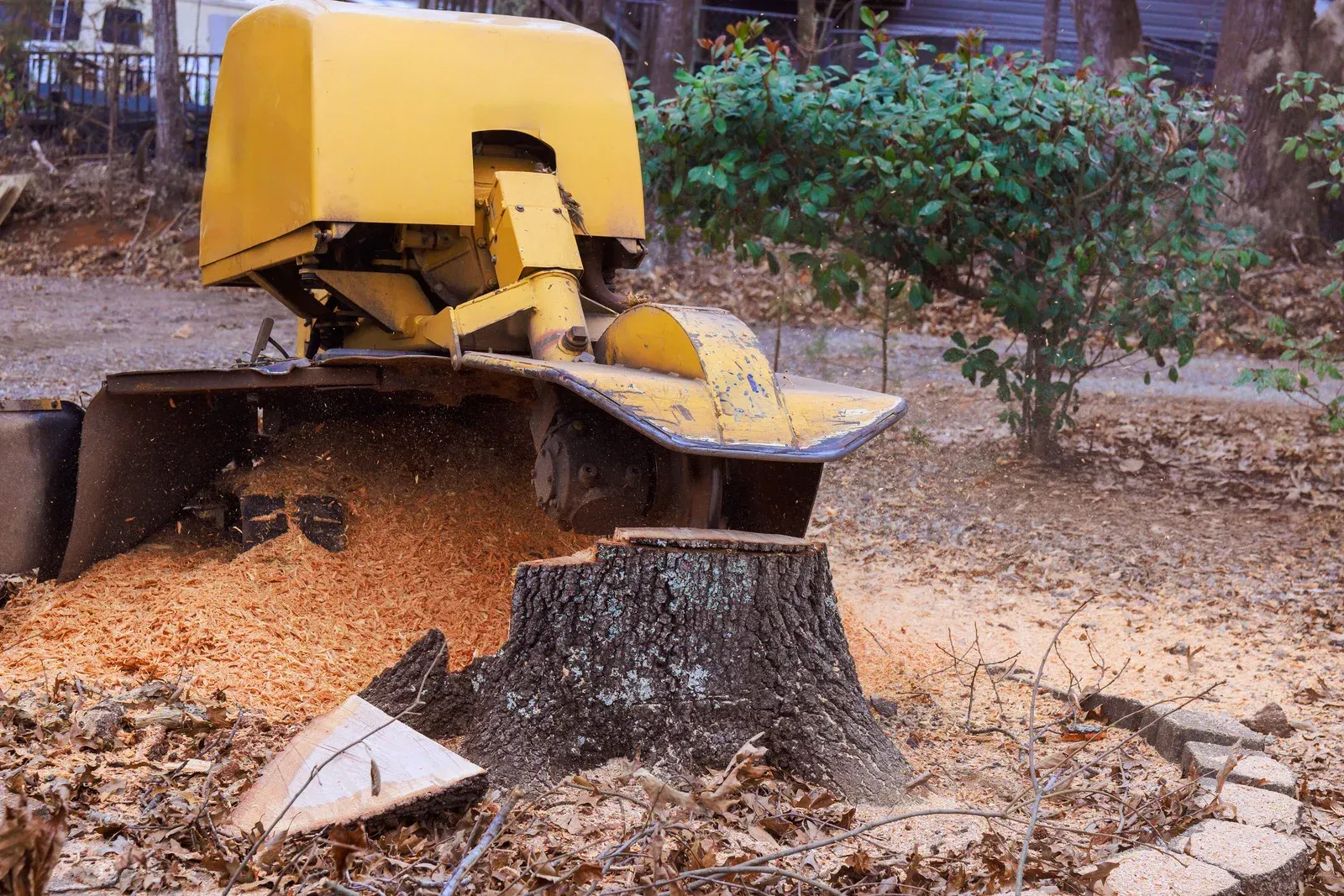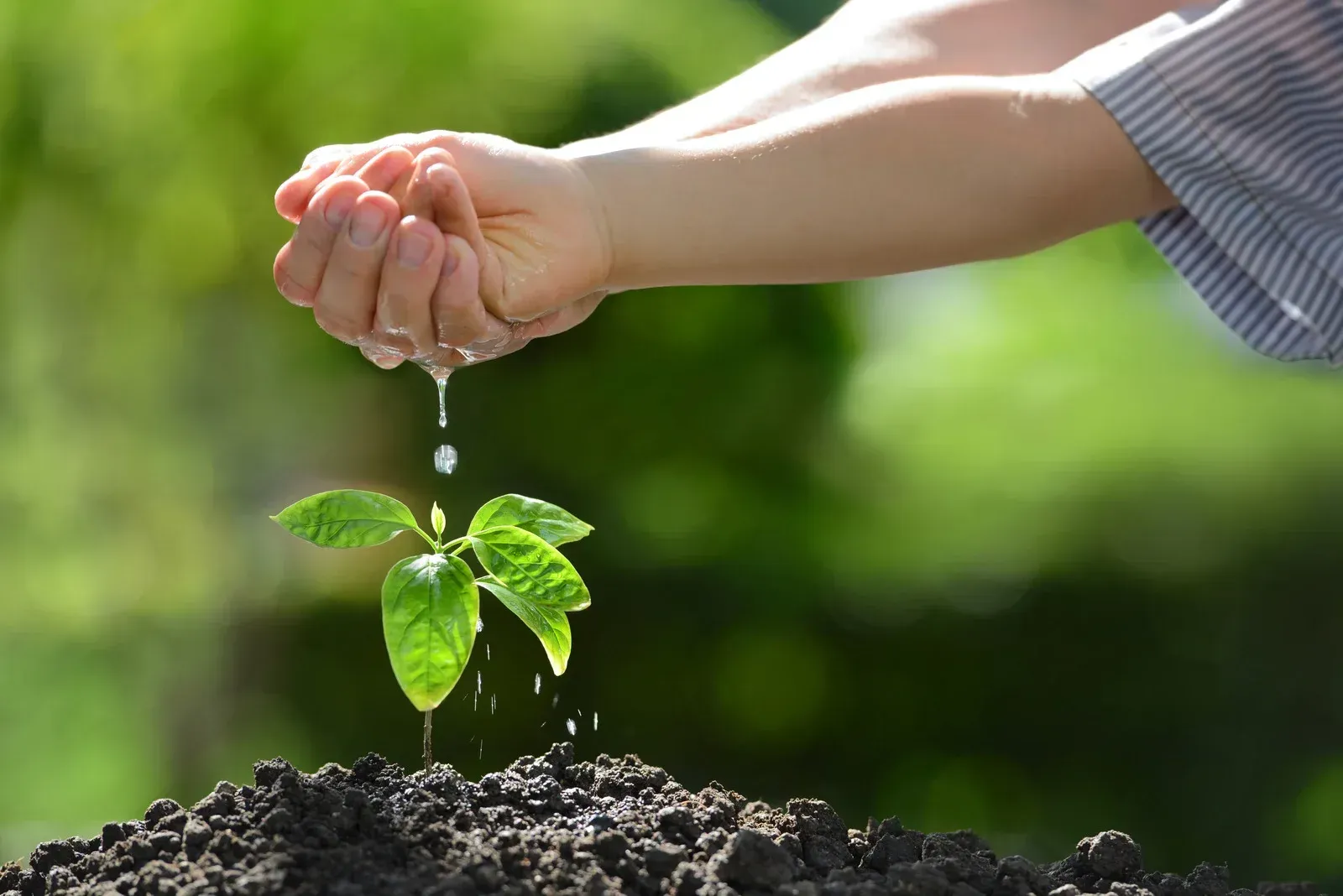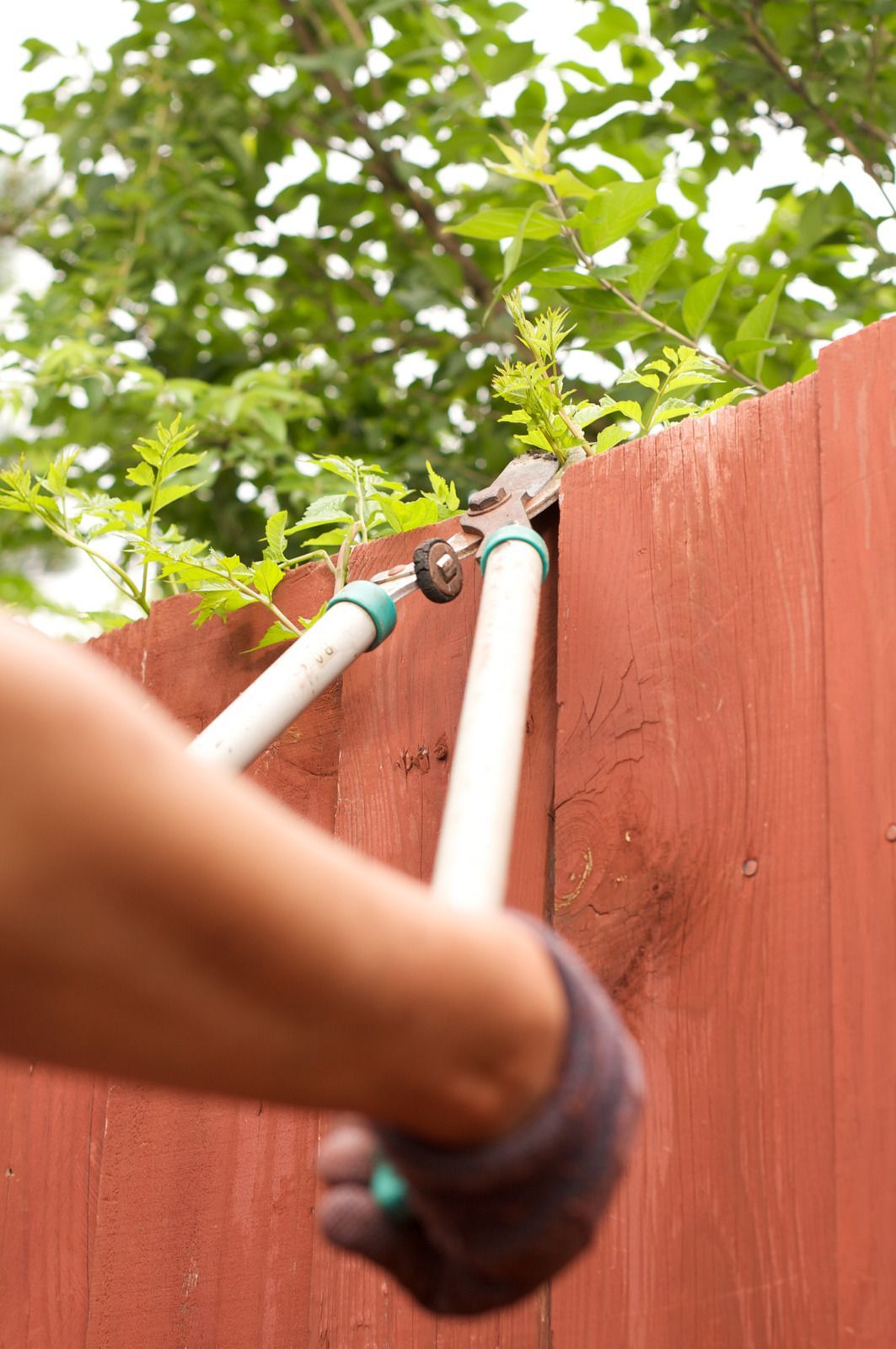Understanding Anthracnose on Trees: Common Causes Of Anthracnose on Trees and How To Remove It
Anthracnose is a fungal infection that can cause leaf lesions, premature defoliation, and twig dieback in trees. The disease is most commonly found on maple, ash, elm, and oak trees. If you suspect your tree may have anthracnose, it is important to remove the infected leaves and branches as soon as possible to prevent the disease from spreading.
What Is Anthracnose?
Anthracnose is a fungal condition affecting shrubs and trees. The fungi that cause anthracnose are host specific, meaning that each type of fungus can only infect one or a few types of plants. Anthracnose often results in leaf spots or blotches but can also cause dieback and cankers. The diseases are most prevalent in wet or humid conditions.
Symptoms of Anthracnose
Symptoms of anthracnose vary depending on the type of tree or shrub that is infected as well as the particular fungus involved. Some of the common signs of anthracnose include:
Discolored Leaves
The leaves of an infected tree may turn brown, black, or yellow. They may also develop spots or blotches of color. You must inspect the leaves carefully to see if they are discolored. If your leaves have developed any of these symptoms, it is clear symptom of anthracnose.
Early Leaf Drop
One of the most common signs of anthracnose is early leaf drop. It means that the leaves of an infected tree will begin to fall off before they are supposed to. Premature falling leaves can be a major sign of anthracnose. It is important to treat the issue at the earliest before it damages your tree completely.
Defoliation
In severe cases of anthracnose, the tree may lose all its leaves, the process is called defoliation. If your tree is losing all its leaves, then probably anthracnose would be the primary reason. Defoliation should be treated as soon as possible, as it can kill the tree in the long run.
Stunted Growth
Anthracnose can also cause stunted growth in trees. If your tree is not growing as tall as it should be, it probably has developed anthracnose. Stunted growth is detrimental for a tree as it will lose all its nutrients for healthy development.
Curling And Wilting Leaves
The leaves of an infected tree may also begin to curl and wilt. Yet another common sign of anthracnose in trees is the unusual curling and wilting of leaves. Using a copper-based spray can help in preventing the curling and wilting of leaves safeguarding them from anthracnose.
How to Remove Anthracnose?
The best way to remove anthracnose is to prune away the affected leaves and branches. You should also dispose of the affected leaves and branches in a garbage bag. If the tree is severely infected, you may need to consult a professional arborist.
Anthracnose can be prevented by planting disease-resistant trees and shrubs. You should also avoid overcrowding your plants. Proper spacing will allow for better air circulation, which will help to prevent the spread of anthracnose.
It is important to hire a certified arborist who can properly diagnose and treat your trees. A certified arborist has the experience and knowledge to take care of your trees. Contact
Trees Pros, your local arborist in Southern California, today to learn more about how they can help you with your trees.



